Mustard Seeds Substitute: A Funny and Flavorful Guide for Spicy Food Lovers
Table of Contents
Introduction
Hey there, spice lovers! If you're a fan of bold flavors and love experimenting in the kitchen, then you've probably run into that moment where your jar of mustard seeds is empty, and you're stuck with nothing but a bag of rice and a questionable bottle of ketchup. Don't panic—we've got your back!
In this guide, we'll explore mustard seeds substitute options that can save your recipe from disaster (or at least keep it from tasting like regret). Whether you're an advanced cook or just starting out, this list is packed with practical tips, fun facts, and even some humor to keep things light.
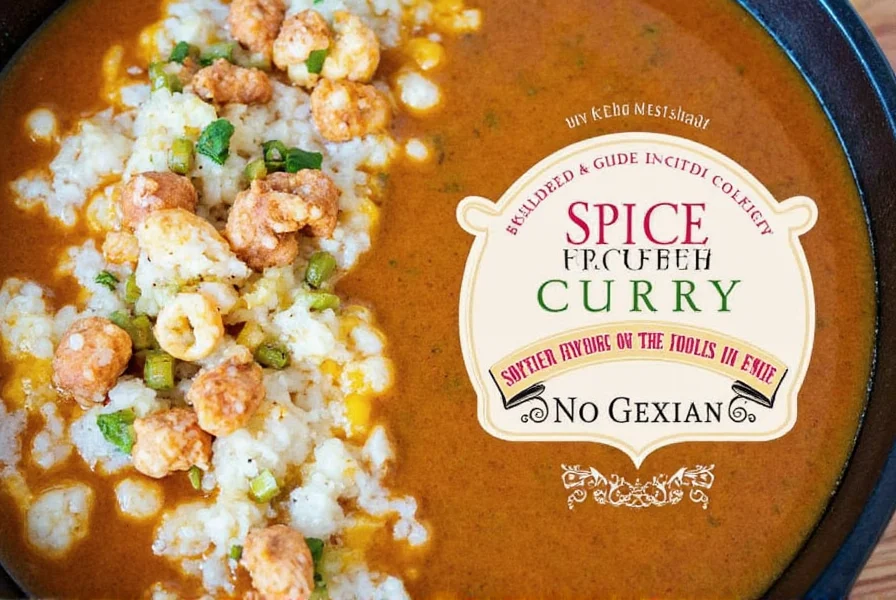
Why Mustard Seeds Matter
Mustard seeds are more than just a tiny addition to your salad dressing—they’re a powerhouse of flavor. They come in different varieties: yellow, brown, and black—each with its own unique taste profile. Yellow mustard seeds are milder, while black ones have a stronger, more pungent flavor.
These little gems are used in everything from Indian curries to German sausages and even in French mayonnaise. But what do you do when they're not available? That’s where the mustard seeds substitute comes in handy.
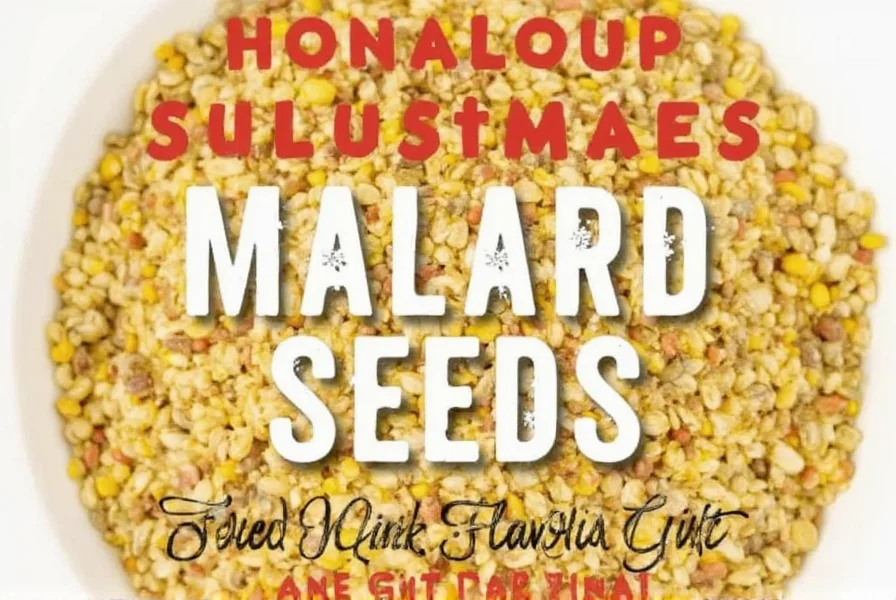
Top 5 Mustard Seeds Substitutes
Here are the top five substitutes that can step in when your mustard seeds run out. Some are closer to the original, while others bring a whole new twist to your dish. Let's dive in!
1. Whole Grain Mustard
If you have a jar of whole grain mustard on hand, you're in luck. It has a similar texture and flavor profile to mustard seeds, especially when ground. Just make sure to use it sparingly, as it can be quite strong.
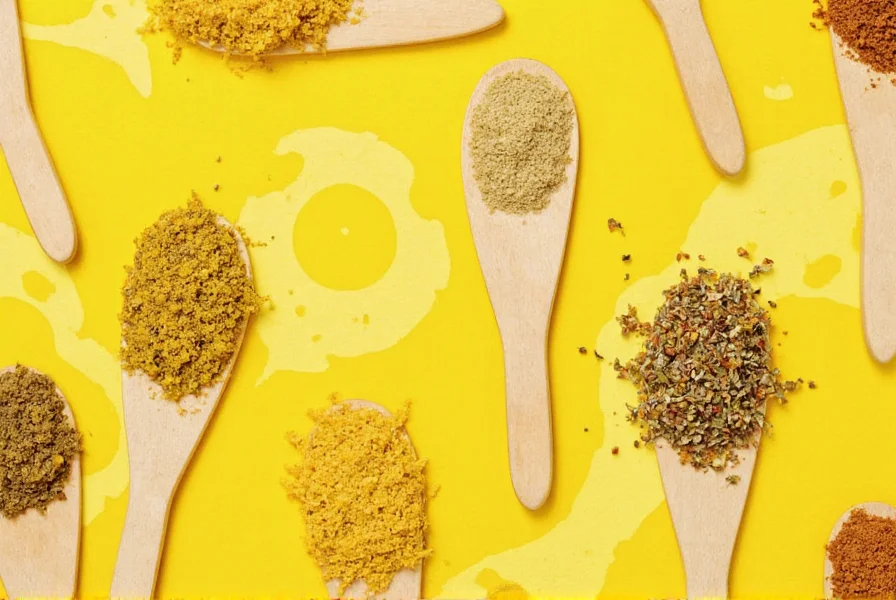
2. Ground Cumin
While cumin isn’t a direct substitute, it adds a warm, earthy note that can mimic the depth of mustard seeds. Use it in small amounts and pair it with a bit of vinegar or lemon juice to add brightness.
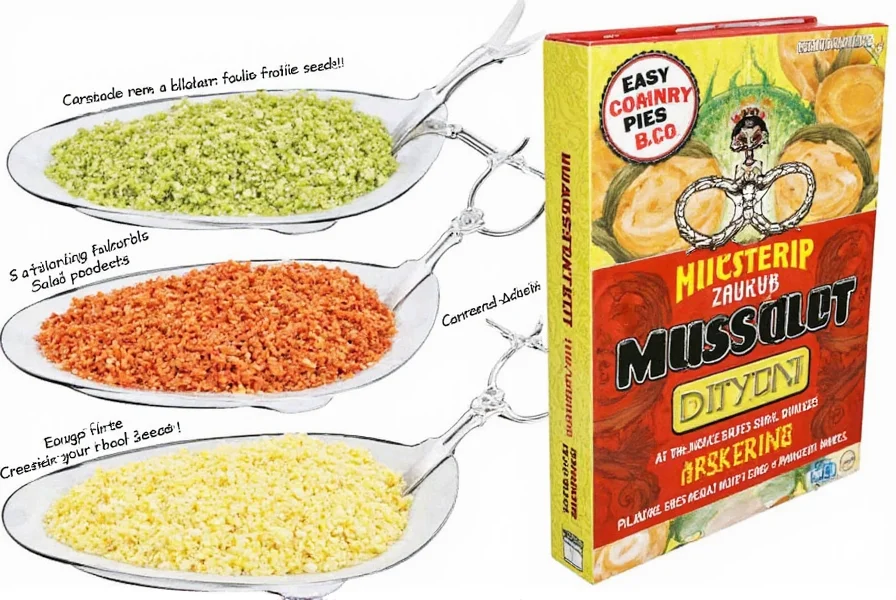
3. Fenugreek Seeds
Fenugreek seeds might not look like mustard seeds, but they offer a similar nutty and slightly bitter flavor. They’re often used in Indian cuisine and can be a great alternative if you're making a curry or chutney.
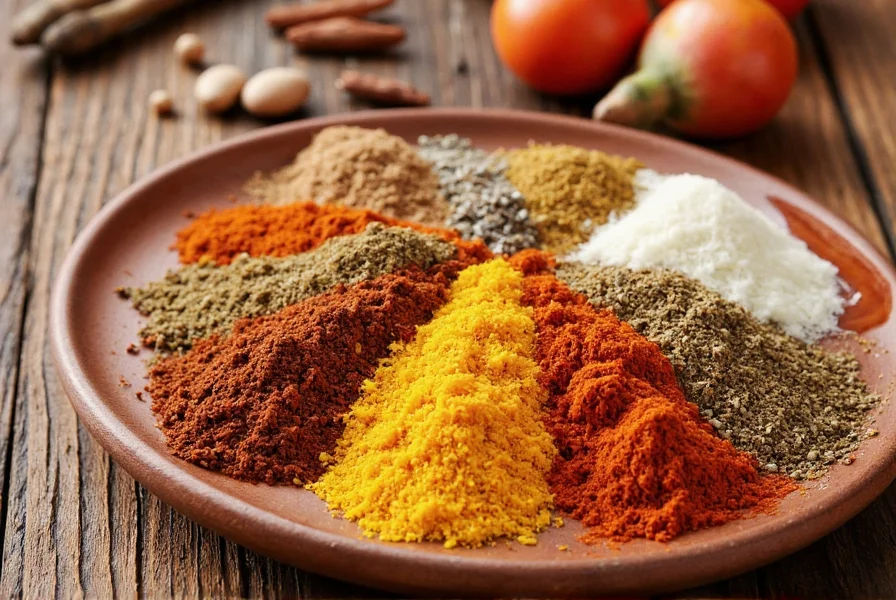
4. Sesame Seeds
For a crunchier option, sesame seeds can be a fun alternative. While they don’t provide the same sharpness as mustard seeds, they add texture and a mild, nutty flavor. This is perfect for sprinkling over salads or stir-fries.
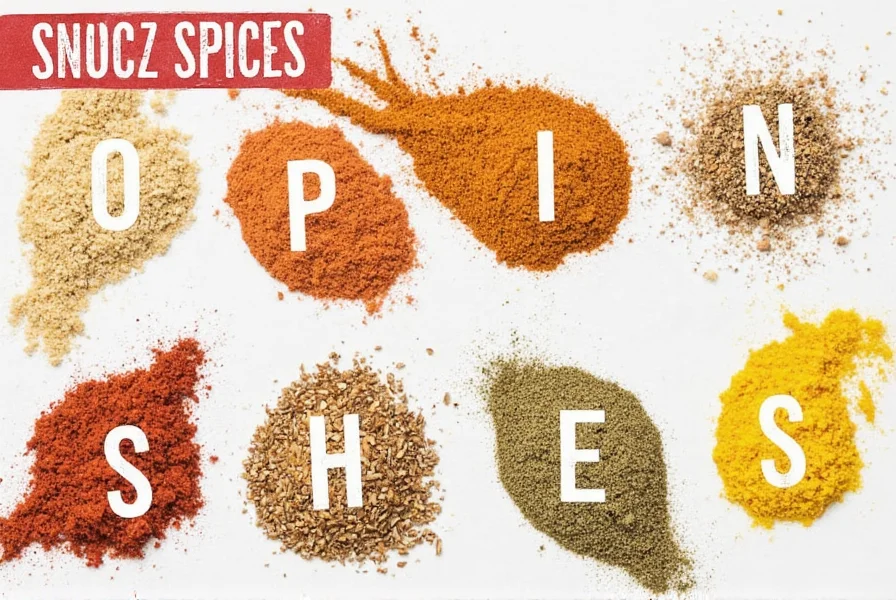
5. Poppy Seeds
Poppy seeds are another crunchy alternative that can give your dish a subtle, nutty flavor. They work well in breads, sauces, and even desserts. However, they lack the heat of mustard seeds, so use them only when you want a milder flavor.
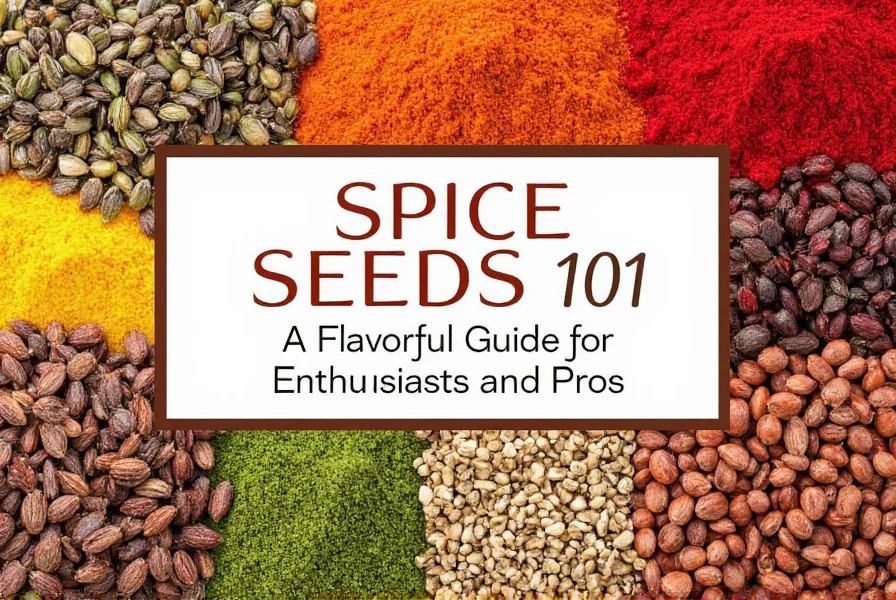
| Substitute | Flavor Profile | Best For | Notes |
|---|---|---|---|
| Whole Grain Mustard | Earthy, tangy | Salads, dressings | Stronger, use sparingly |
| Ground Cumin | Warm, nutty | Curries, stews | Add acidity for balance |
| Fenugreek Seeds | Nutty, slightly bitter | Indian dishes, chutneys | Great for authenticity |
| Sesame Seeds | Nutty, mild | Salads, baked goods | Crunchy texture |
| Poppy Seeds | Nutty, subtle | Breads, sauces | Lacks heat |
Buying Guide: How to Choose the Right Substitute
Choosing the right mustard seeds substitute depends on the dish you're making and the flavor you're aiming for. Here’s a quick guide to help you decide:
- Whole Grain Mustard: Best for adding a tangy kick to sandwiches, dressings, and marinades.
- Ground Cumin: Ideal for savory dishes like curries, soups, and roasted vegetables.
- Fenugreek Seeds: Perfect for traditional Indian recipes that call for a deep, earthy flavor.
- Sesame Seeds: Great for adding texture and a mild nuttiness to salads, stir-fries, and baked goods.
- Poppy Seeds: Excellent for baking, especially in breads and pastries where a subtle crunch is desired.
When shopping for substitutes, look for high-quality, fresh products. For example, if you choose fenugreek seeds, opt for organic, non-GMO options to ensure the best flavor. Similarly, whole grain mustard should be made with real ingredients—not just water and preservatives.
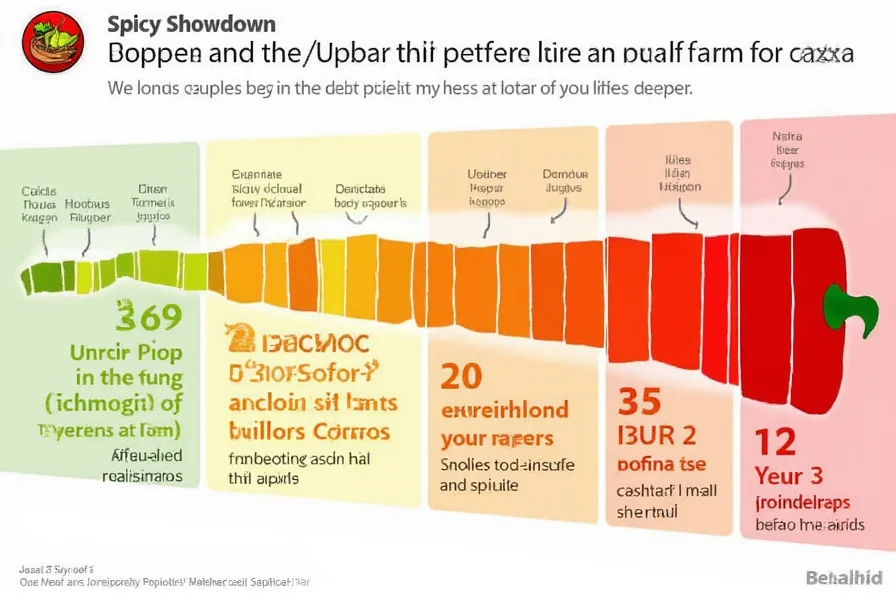
Cooking Tips and Tricks
Now that you know your mustard seeds substitute, here are some tips to help you use them like a pro:
- Toast it: For the best flavor, toast your substitute seeds before using them. This enhances their aroma and brings out their natural oils.
- Grind it: If your substitute is in whole form (like fenugreek or sesame), grind it finely to mimic the texture of mustard seeds.
- Balance it: Some substitutes, like cumin, can be overpowering. Start with a small amount and adjust to taste.
- Pair it: Combine substitutes with acidic ingredients like lemon juice or vinegar to brighten up the flavor.
- Experiment: Don’t be afraid to mix and match. Sometimes, combining two substitutes can create a unique and delicious flavor profile.
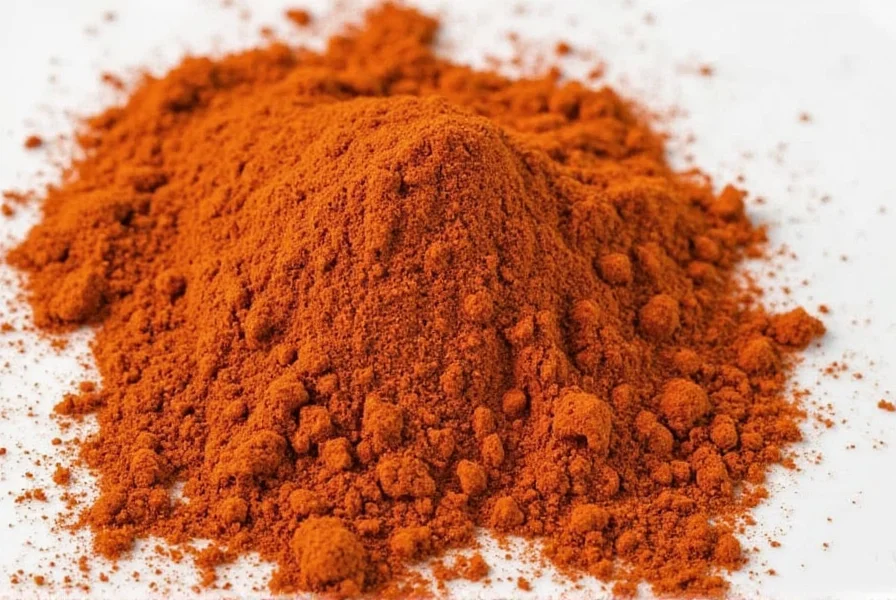
Conclusion
So there you have it—your ultimate guide to mustard seeds substitute. Whether you're in a pinch or just looking to try something new, these alternatives can help you keep your recipes flavorful and exciting. Remember, cooking is all about creativity, so don’t be afraid to experiment and find your favorite stand-ins.
And who knows? Maybe you’ll discover a new favorite spice that becomes a staple in your kitchen. After all, every great chef started with a few empty jars and a lot of curiosity.
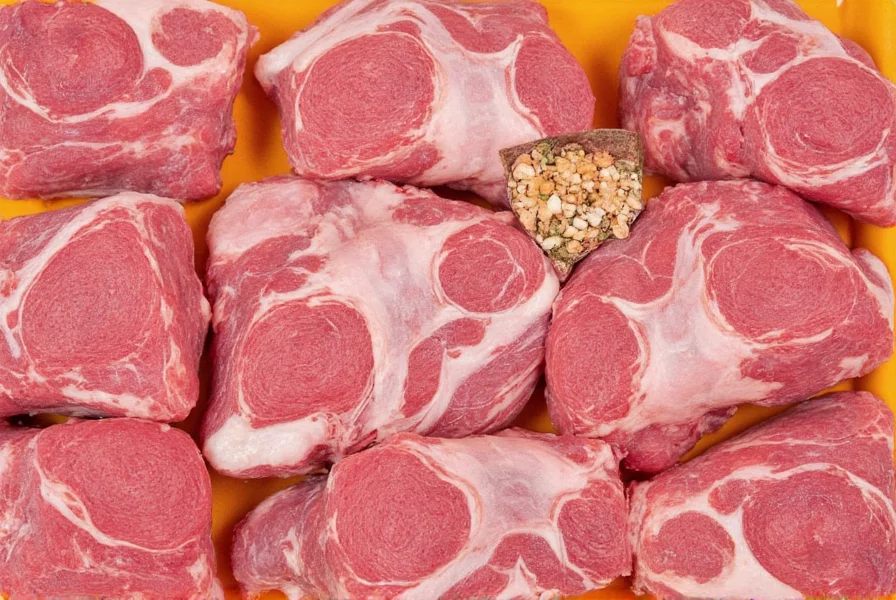

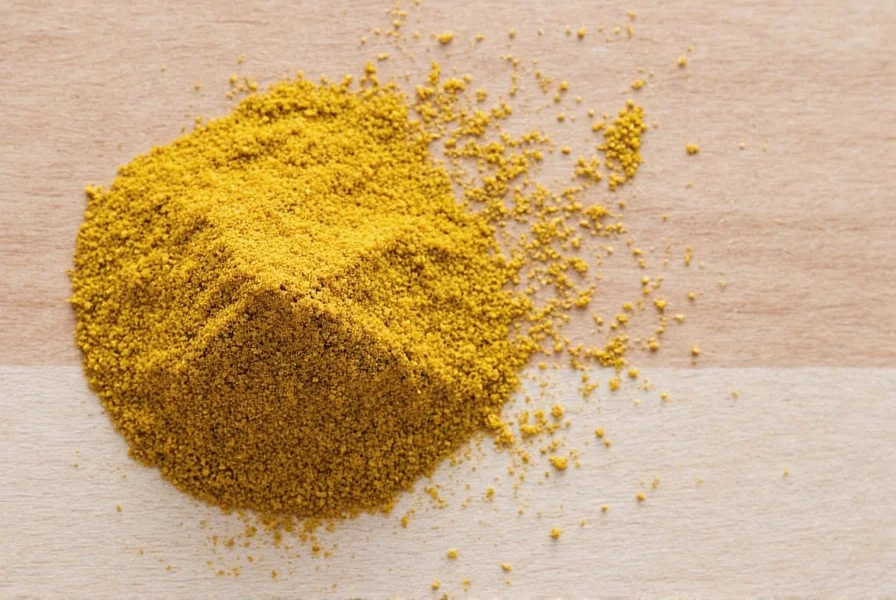









 浙公网安备
33010002000092号
浙公网安备
33010002000092号 浙B2-20120091-4
浙B2-20120091-4